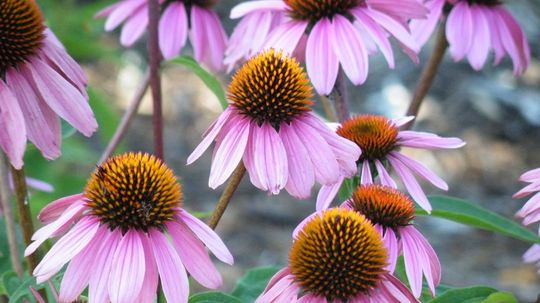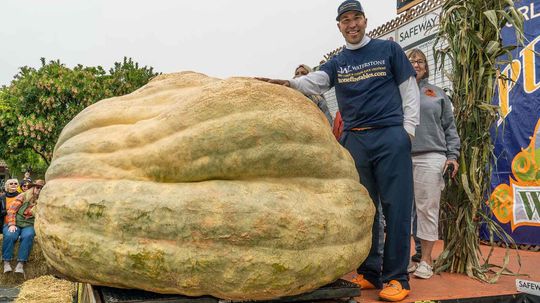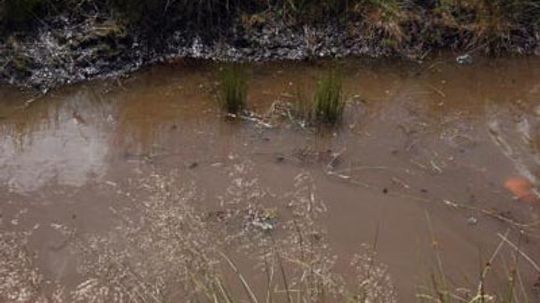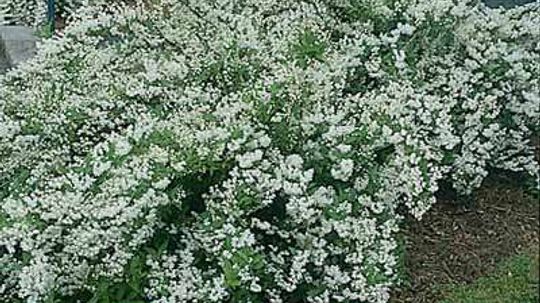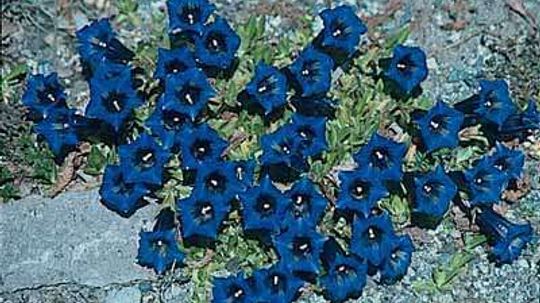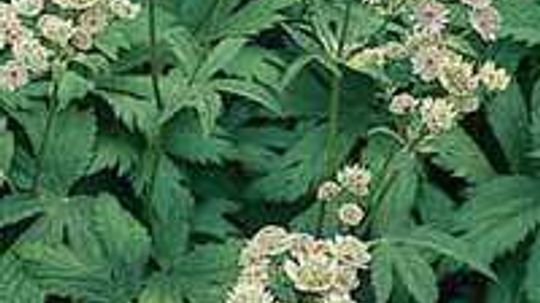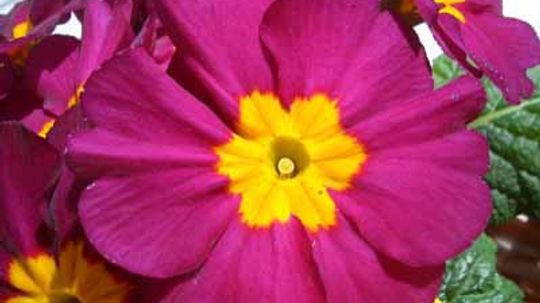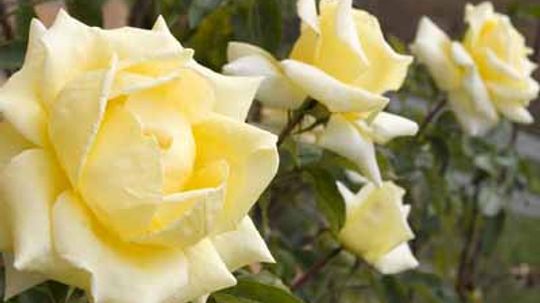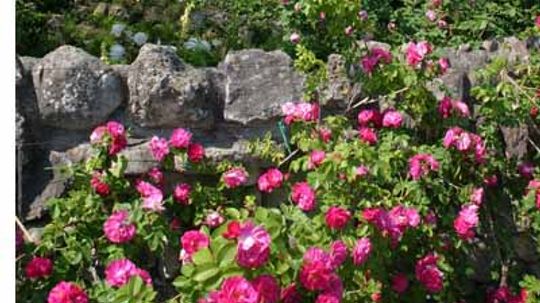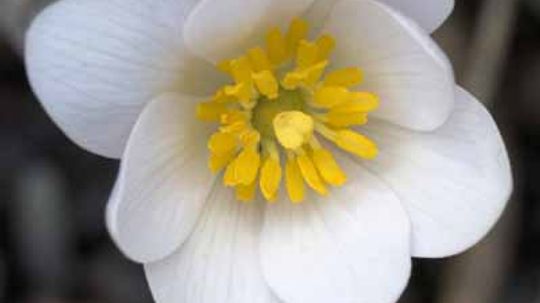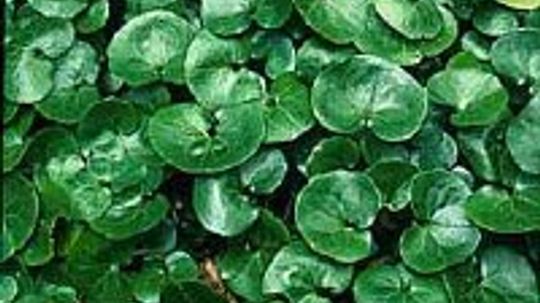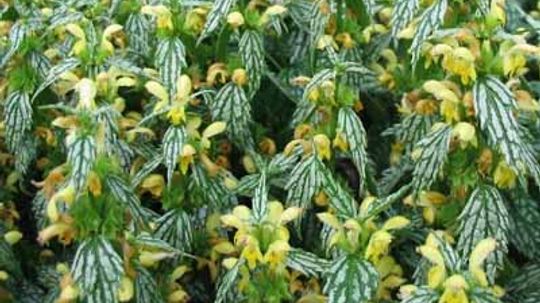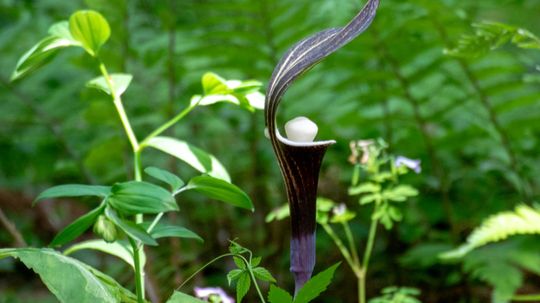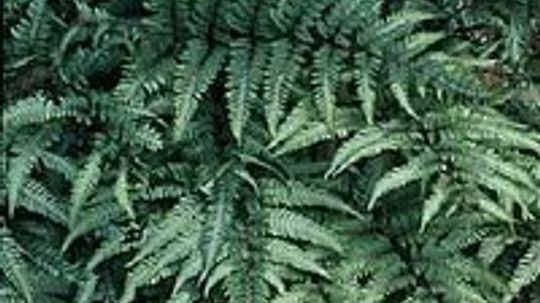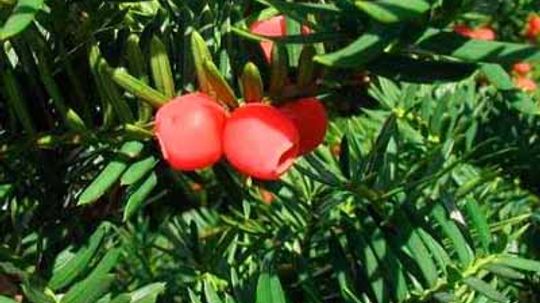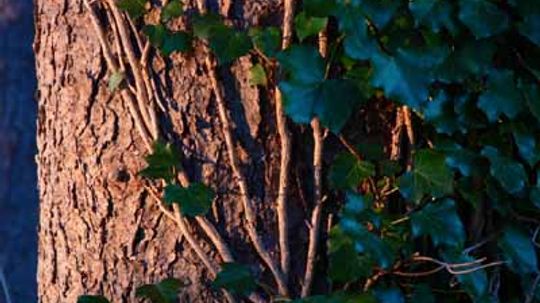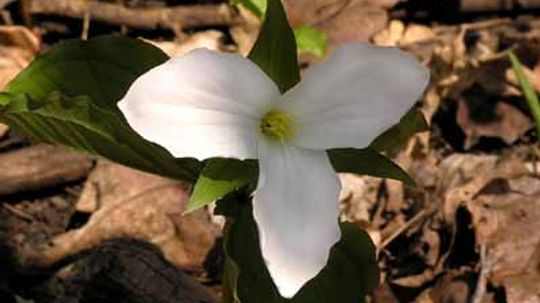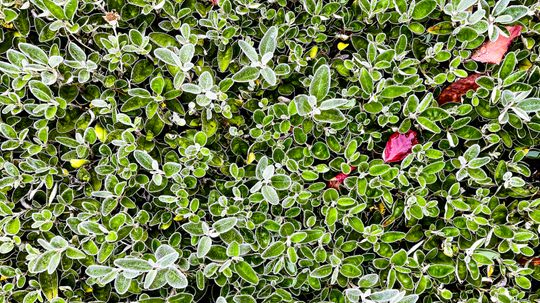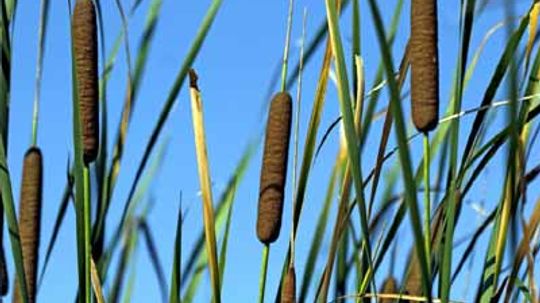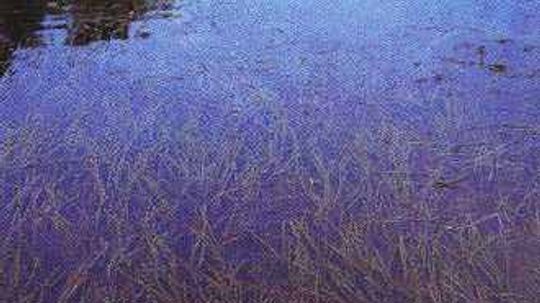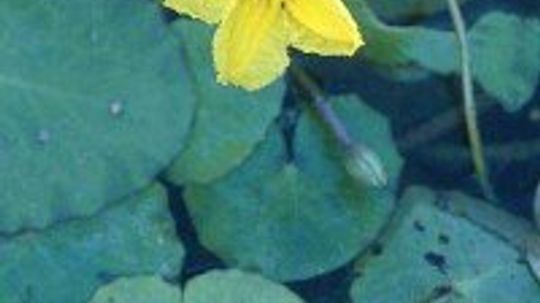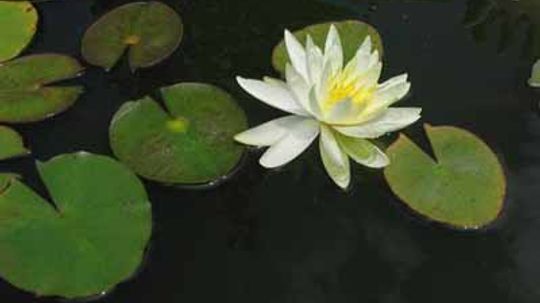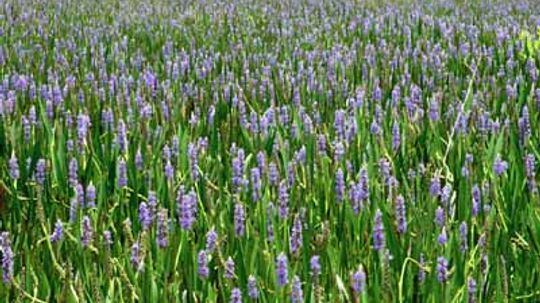Specialty Gardens
Specialty gardens can be rock gardens, water gardens, container gardens or much more. Learn how to plan exciting or useful specialty gardens.
Learn More
In a world so heavily dependent on pharmaceuticals, it's a wonderful thing to be able to treat some common maladies straight out of your garden.
By Kate Morgan
Farmers grow giant pumpkins heavier than cars using one seed variety. And one grower just set a new North American record, squashing the competition.
By Muriel Vega
Create a knockout garden with gorgeous, lush Knockout roses.
Advertisement
Wall fountains are popular for adding aesthetic value to a room as well as creating a relaxing atmosphere. But what should you know about them before investing in one for your home?
Natural bogs and their surrounding ecosystem can take hundreds of years to form on their own. But if you're a dedicated gardener which a penchant for exotic plants and lots of moss, it's possible to make a bog garden in your backyard.
Dwarf deutzia, a shrub, produces white flowers that grow in an upright fashion, conserving space in smaller gardens. Arching branches bear double white flowers in spring and foliage that turns an attractive red in fall. Learn more about this shrub.
Trumpet gentian is native to alpine environments, making it perfect for rock gardens. Trumpet-shaped flowers of an unusual hue (dark navy blue with darker, green-striped throats) sit on very short stems above spreading foliage. Learn more about this plant.
Advertisement
Masterwort produces spiky blooms scattered in clumps; however, it is also known for its medicinal properties. This clump-forming perennial has star-shaped flowers of greenish white, sometimes tinted pink or rose red. Learn more about this pretty plant.
Popular around 1900, the polyanthas rose is still actively used in breeding new varieties of modern roses. Learn how to grow and use this unique bushy rose in your yard or garden.
By C. Colston Burrell
Considered a catch-all variety for roses that do not belong to other varieties, shrub roses offer both beauty and variety to anyone's yard or garden. Learn how to grow and cultivate shrub roses.
By C. Colston Burrell
Many gardeners favor the species rose because this flower is easy to maintain and possesses a clean, simple beauty. Learn how to grow, cultivate and use the relatively hearty species rose.
By C. Colston Burrell
Advertisement
Native to the woodlands of eastern North America, bloodroot is named for its bright red sap, which was used as a dye by Native Americans. Learn how to grow and use bloodroot.
By C. Colston Burrell
European wild ginger is an adaptable, little-known shade plant that will brighten up any yard or garden. Learn how to grow, cultivate, and maintain European wild ginger successfully.
By C. Colston Burrell
Golden dead nettle is a colorful perennial that is well-suited to both shady and sunny locations. Learn how to grow and use golden dead nettle in your yard or garden.
By C. Colston Burrell
Jack-in-the-pulpit is an intriguing wildflower native to North America named for its oddly-shaped bloom. Learn how to grow and use jack-in-the-pulpit in your yard or garden.
By C. Colston Burrell
Advertisement
Japanese painted fern is a unique multi-colored fern that brings color and life to any yard or garden. Learn how to grow, maintain, and use Japanese painted fern.
By C. Colston Burrell
Japanese yew is one of the only conifers that is shade tolerant, and it produces vibrant berries that please the eye. Learn how to grow and use Japanese yew in your garden or as a house plant.
Tree ivy is a cross between ivy and a shrub brush, and one of the only plants crossed between genuses. Learn how to grow and use tree ivy in your home or garden area.
By C. Colston Burrell
Wake-robin is the showiest trillium, and also the most widely-cultivated. It spreads abundantly but never aggressively. Learn how to use this North American native.
By C. Colston Burrell
Advertisement
Wintercreeper is a versatile shade plant that can be either ground cover or a dense shrub. Learn about growing, cultivating, and using wintercreeper to beautify your yard or garden.
By C. Colston Burrell
Common cattail is an integral part of any water garden. The striking vertical foliage adds natural beauty to any garden aesthetic. Learn to grow and use common cattail in your water garden.
By C. Colston Burrell
Although eelgrass is grown underwater, it is an attractive plant in its own right. Learn how to use eelgrass to oxygenate your pond, fountain, or water garden.
By C. Colston Burrell
Floating heart forms a floating carpet of water and foliage on water's surface. Learn how to grow and cultivate this attractive plant in your pond or fountain.
By C. Colston Burrell
Advertisement
Hardy water lily is a cross between European and North American species that is a popular centerpiece for many gardens. Learn how to grow and maintain hardy water lily in your pond or fountain.
By C. Colston Burrell
Native to North America, pickerel rush is planted all over the world for its decorative effect. Learn how to grow and use pickerel rush in your yard or garden.
By C. Colston Burrell
